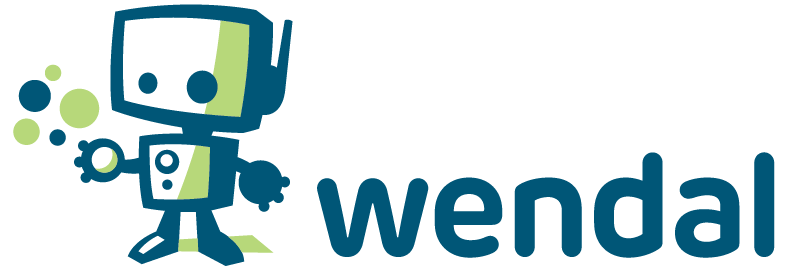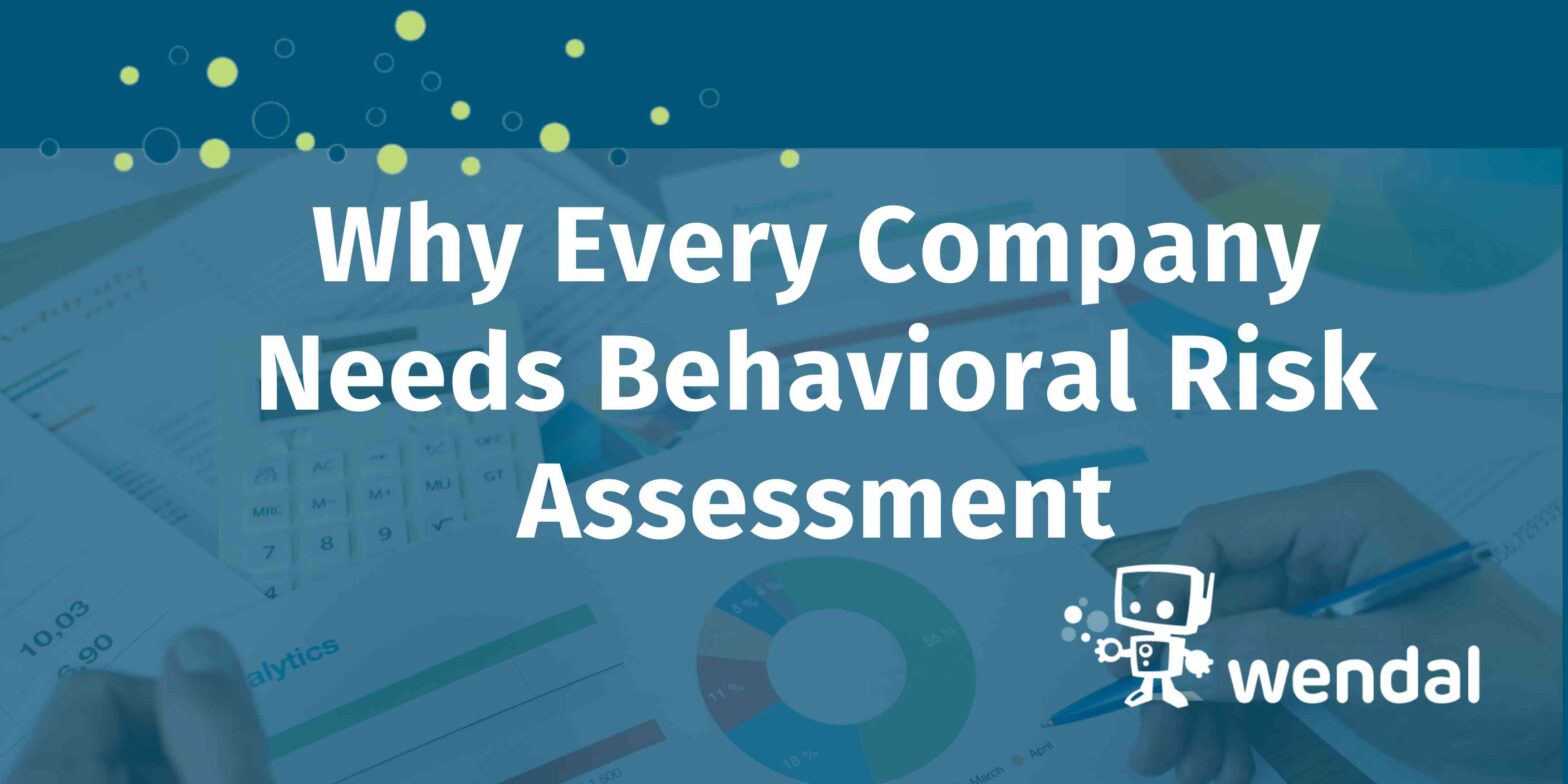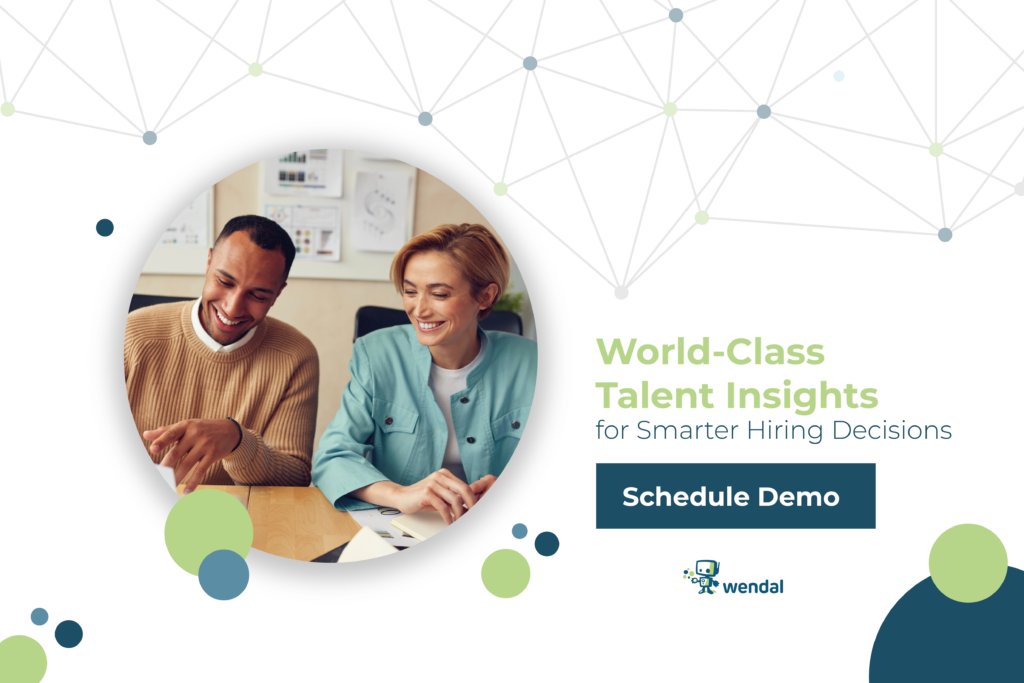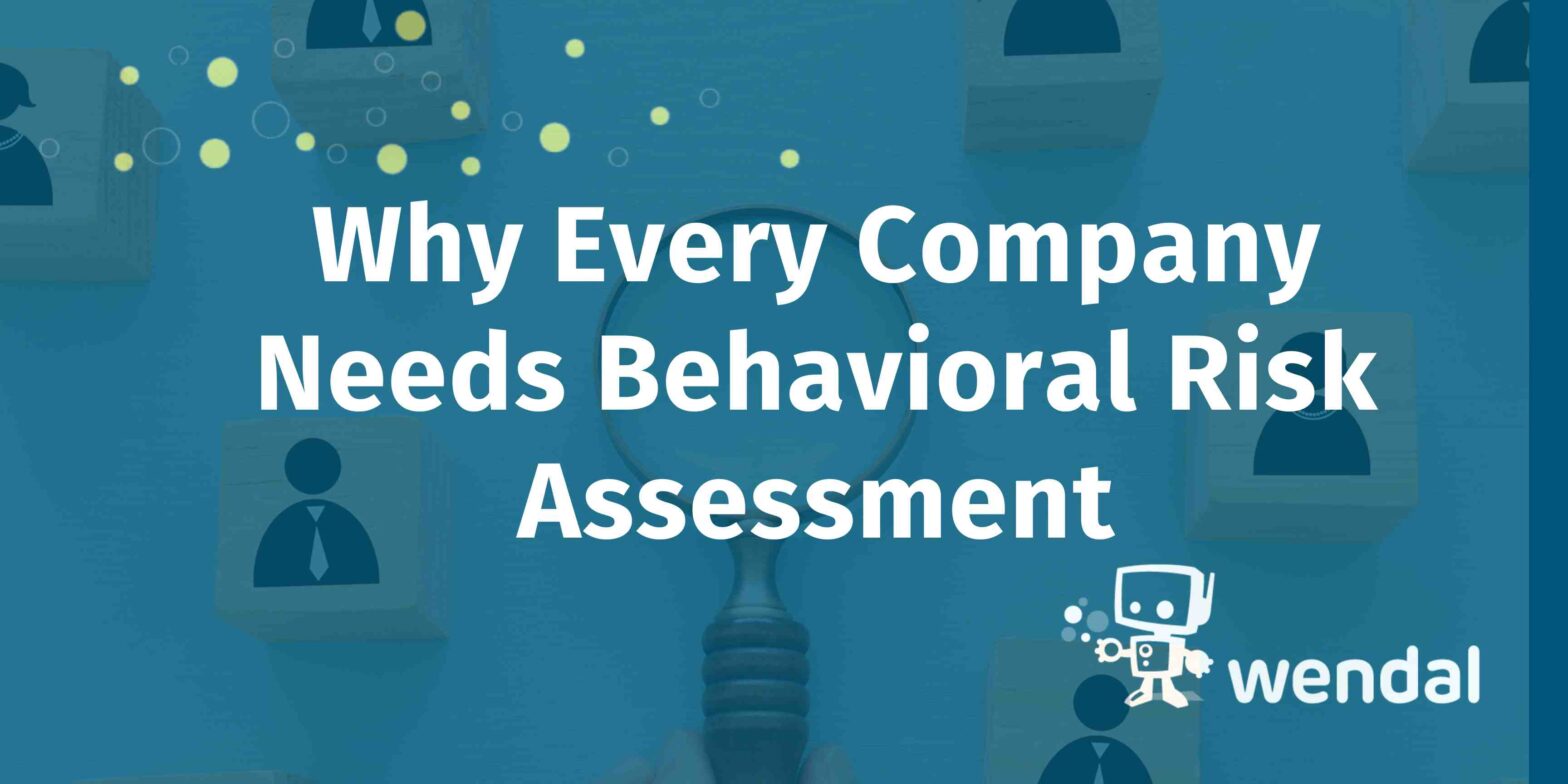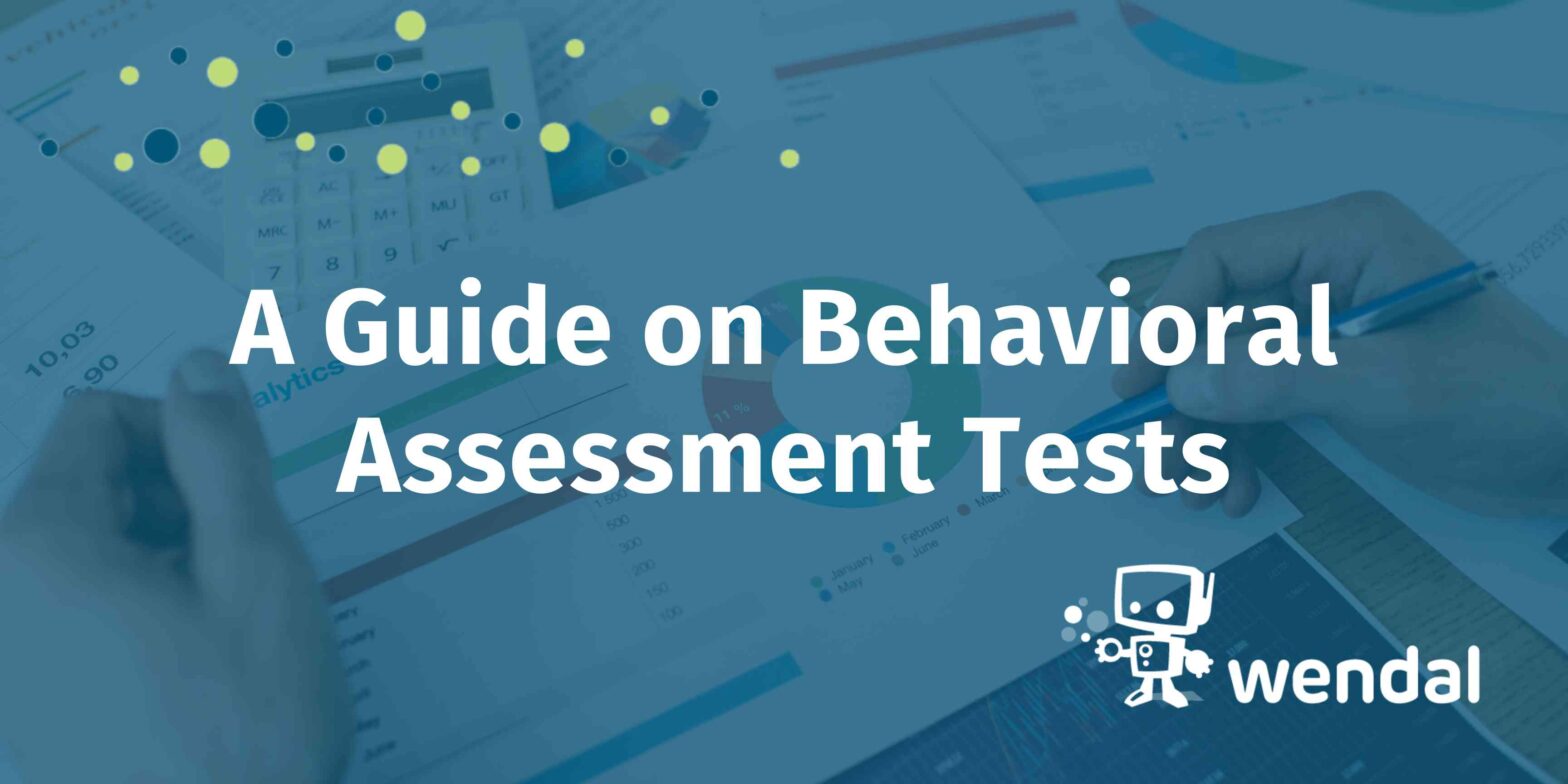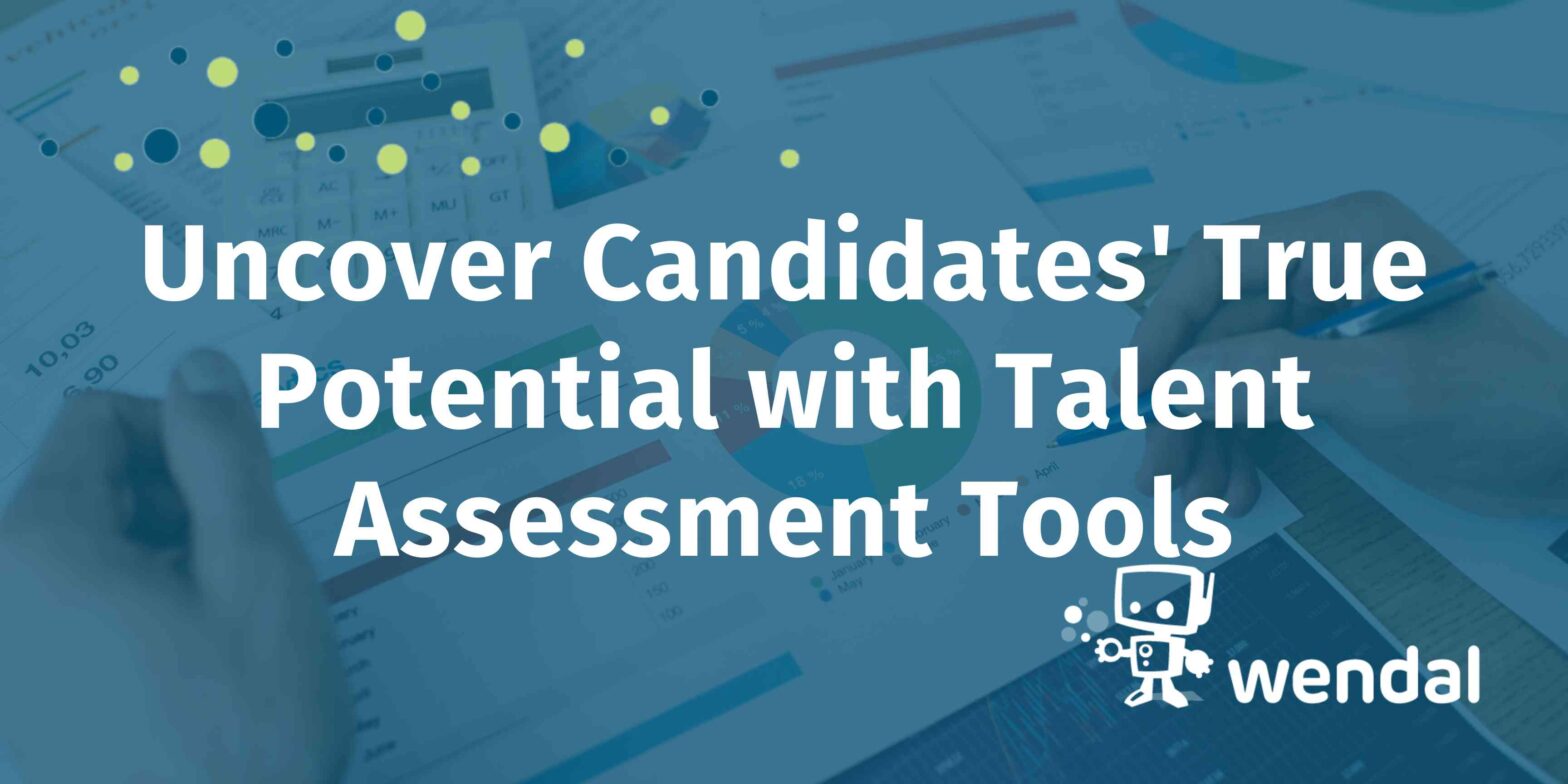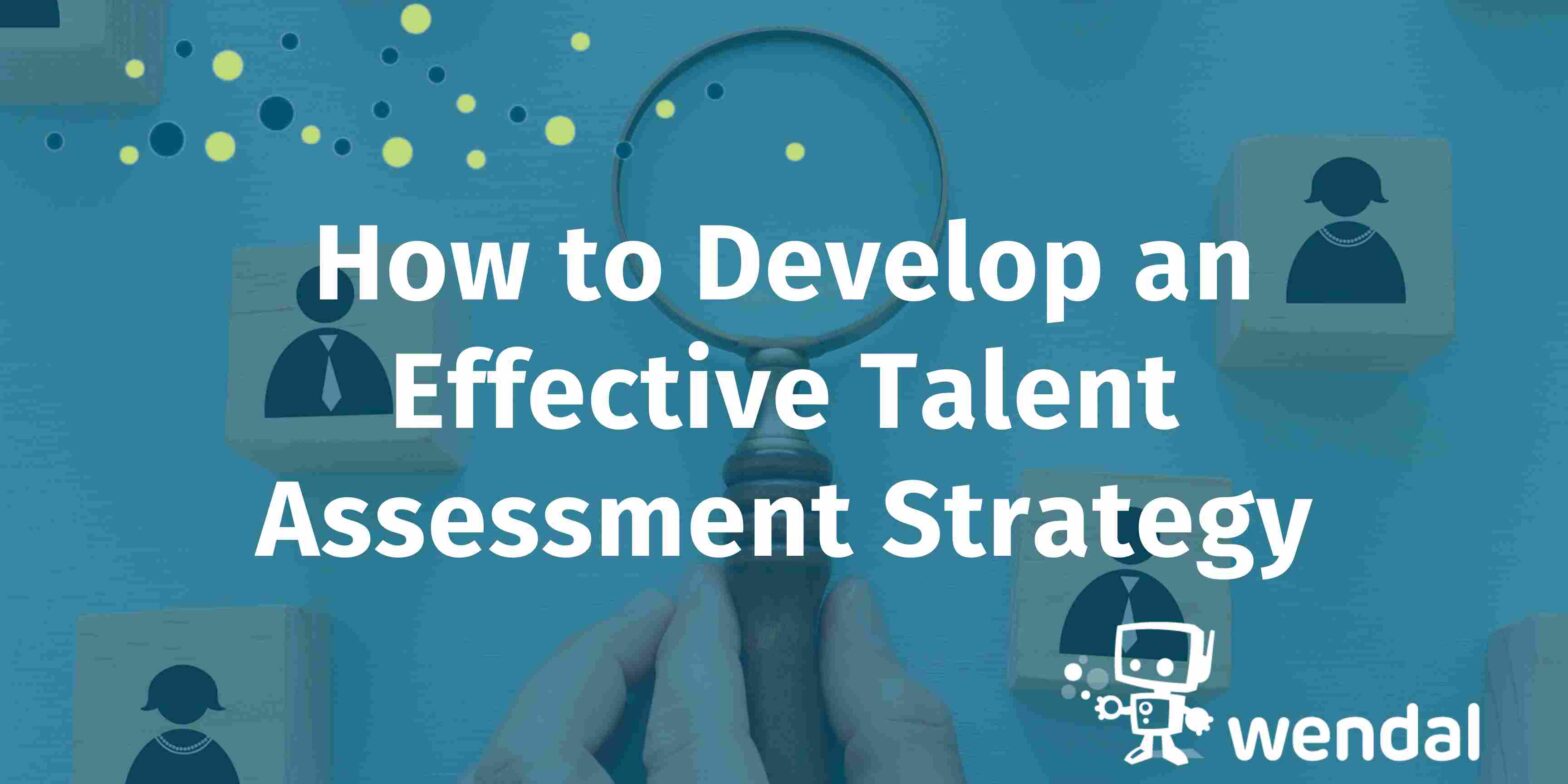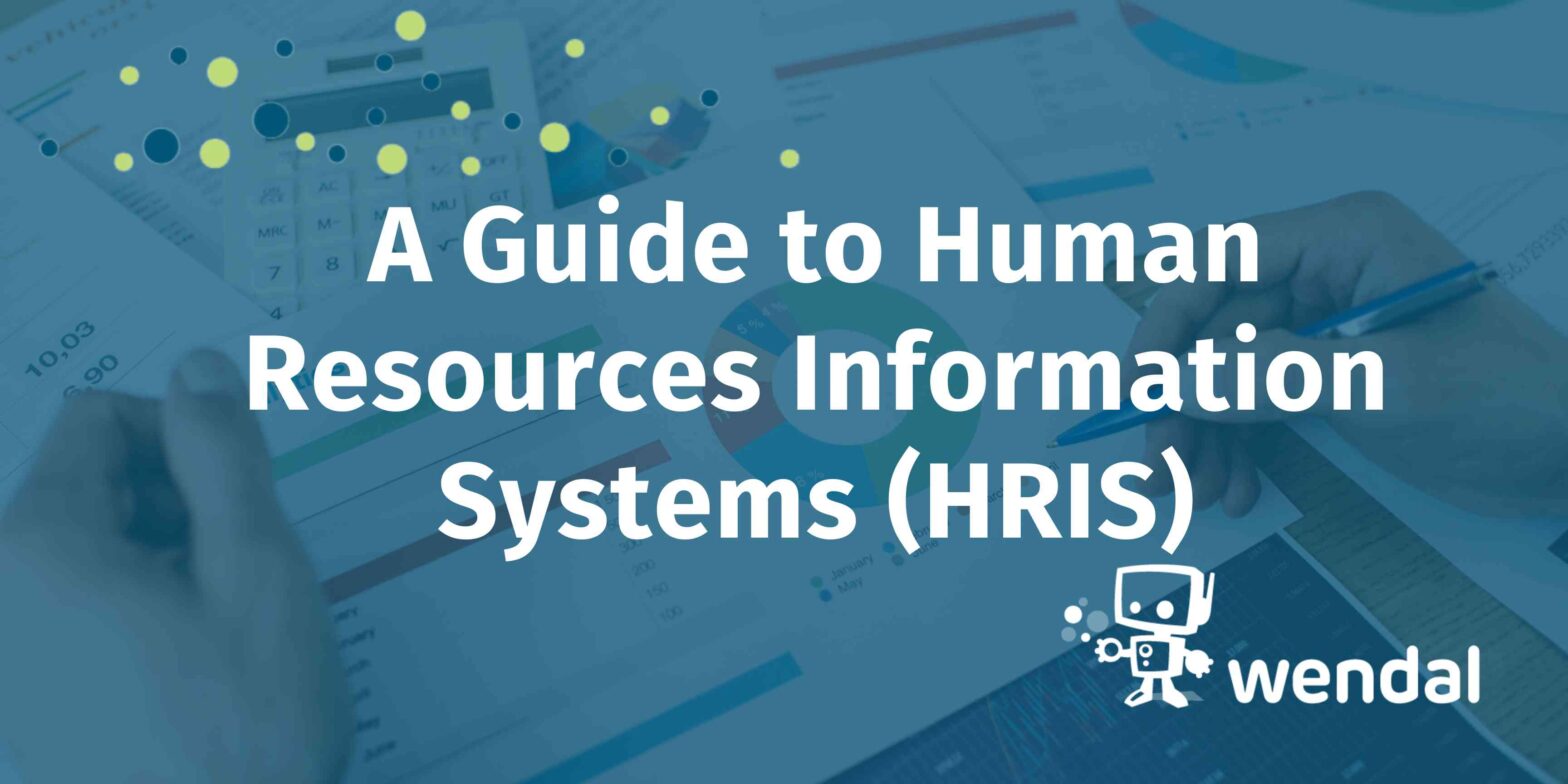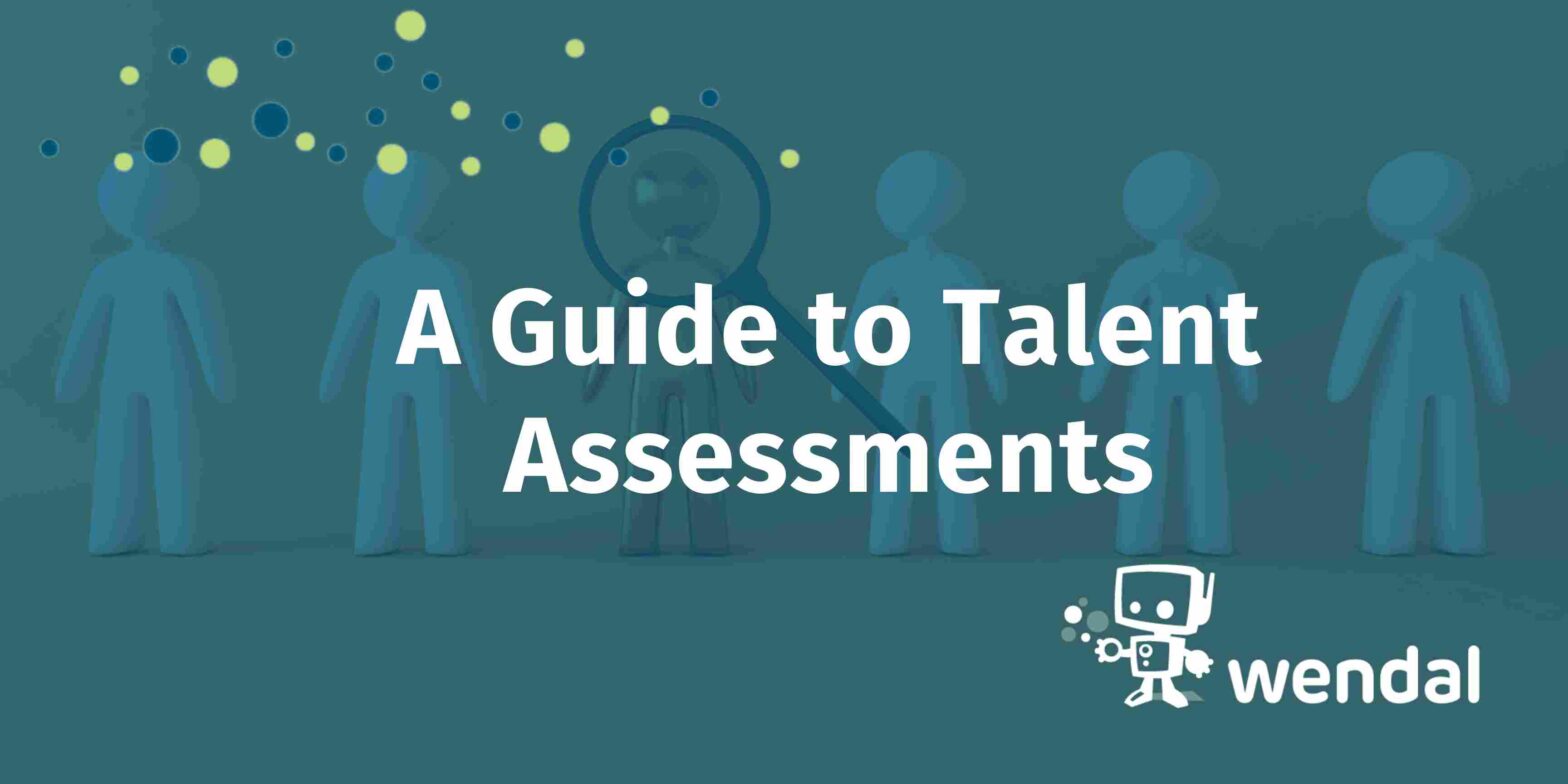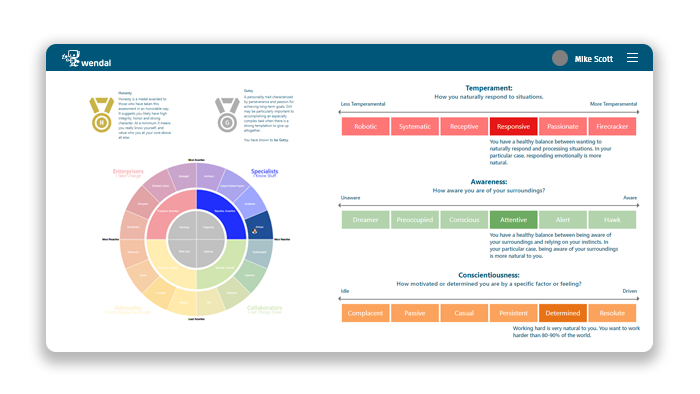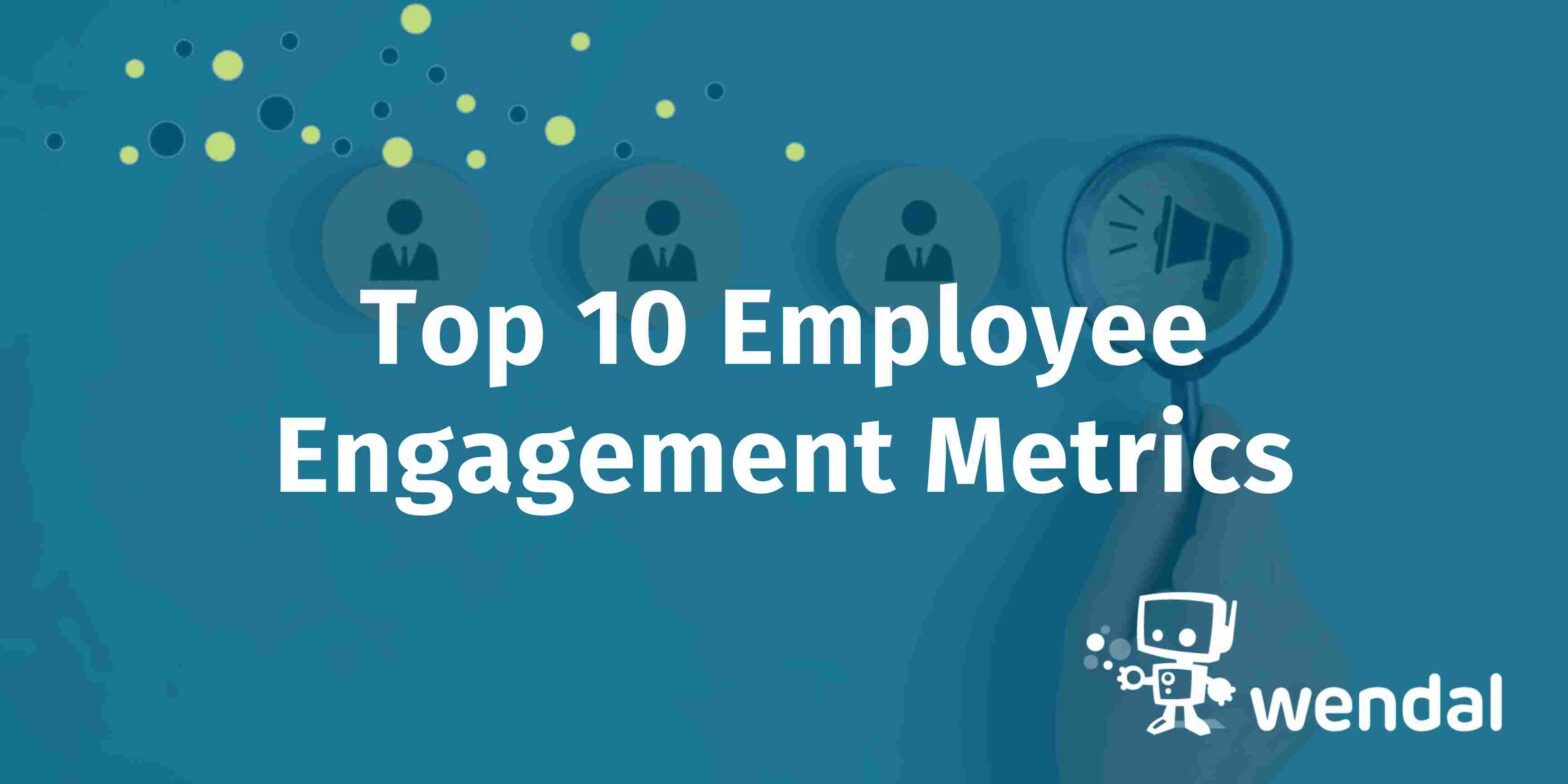Behavioral Risk Assessment 101
Behavioral risk assessment involves analyzing personality traits and tendencies to predict employee performance, behavior, and potential risks. This allows organizations to make smarter talent management decisions to build cohesive, high-performing teams.
Traditionally, hiring processes relied heavily on resumes, interviews and reference checks. However, these methods fail to provide a complete picture of a candidate’s behavioral tendencies and do not guarantee alignment with company culture and values.
This is where behavioral risk assessment tools like Wendal’s TeamPrint come in. TeamPrint utilizes machine learning algorithms to create psychometric assessments that analyze over 100 personality traits and provide data-backed insights on candidates.
Rather than relying on subjective opinions, TeamPrint generates unbiased, consistent, and measurable data. This allows companies to remove unconscious biases from hiring, promote diversity and equity, and select candidates based on fit. Ultimately, behavioral risk assessment enhances workplace culture, maximizes productivity, and reduces employee turnover.
Problems with Traditional Hiring Methods
The traditional hiring process is flawed in many ways. Relying solely on resumes, interviews, and gut instinct often leads to bad hires, hurt feelings, and a toxic culture.
Problem #1: Unconscious Bias
One major issue is unconscious bias. When managers hire based on intuition rather than data, bias inevitably creeps in. Candidates are judged on superficial factors like their name, age, gender, or looks instead of actual skills and cultural fit. This leads to missed opportunities and discrimination lawsuits.
Problem #2: Lack of Assessment
Another problem is the lack of rigorous assessment. Interviews and resumes only reveal so much about a candidate’s true abilities and personality. Critical details get overlooked. Soft skills like collaboration and integrity can’t be measured in an interview alone. This spotty insight causes bad hires who underperform or derail teams.
Problem #3: Lack of Process
Too often, there’s no systematic process in traditional hiring. It’s ad hoc and inefficient, wasting stakeholders’ time while letting great candidates slip away. And without clear criteria, positions languish open for ages as managers struggle to decide.
The fallout of these failed hires can be severe. Toxic employees poison workplace culture and hurt morale. Team cohesion and output suffers. Turnover rises while customer satisfaction plummets. Lawsuits related to negligent hiring or hostile work environments may emerge.
Put simply, the old ways of hiring based purely on intuition and limited data are unreliable. They put organizations at tremendous risk for unhealthy culture, profit loss, and legal issues. There has to be a better approach.
Benefits of Behavioral Risk Assessment
Out with the old
Traditional hiring methods often lead to costly and uninformed talent decisions stemming from unconscious biases. Studies show that factors like a candidate’s race, gender, age, alma mater and other irrelevant traits can sway hiring managers, leading to mismatched teams and high turnover.
In with the new
Behavioral risk assessment tools like Wendal’s Talent Insights platform use advanced data analytics and machine learning algorithms to remove these dangerous hiring biases. By analyzing a candidate’s personality traits, cognitive abilities, and past behaviors, Talent Insights provides hiring managers with a data-driven risk profile. This allows organizations to make objective talent decisions based purely on skills and cultural fit.
With TeamPrint, companies can accurately predict alignment to specific roles. Fueled by psychometrics and AI, the assessment results enable organizations to:
- Gain significant insight into candidates beyond just resumes and interviews. Uncover hidden strengths and weaknesses early.
- Build teams with diversity of thought. Understand how personalities complement each other.
- Identify flight risks and retention issues before hiring. Save time and money by selecting the right people.
- Continuously monitor employee risk factors. Enable data-driven retention strategies.
In summary, implementing behavioral risk assessments transforms talent management into an informed, unbiased and insightful process. Companies using TeamPrint are able to hire, manage and retain top talent at scale.
How Wendal’s TeamPrint Works
Wendal’s TeamPrint is an innovative behavioral risk assessment tool that leverages personality and cognitive assessments, proprietary machine learning algorithms, and structured, rubric-based reporting to transform talent acquisition and management.
Personality & Cognitive assessments
To start, candidates take a series of validated personality and cognitive tests designed by industrial-organizational psychologists. These assessments evaluate traits like conscientiousness, emotional stability, problem-solving ability, and more. The questionnaires are meticulously crafted to remove demographic biases and provide objective insights.
Machine Learning evaluations
The assessment data then feeds into Wendal’s advanced machine-learning system. The proprietary algorithms compare candidates’ traits to an ever-growing database of successful employee profiles, intelligently evaluating fit for a given role. This data-centered approach minimizes human subjectivity in hiring decisions.
Decision-making reports
Finally, structured, rubric-based reports are generated for each candidate, highlighting strengths, potential risks, and an overall “risk score”. The reports act as decision-making guides for hiring managers, providing them with deeper visibility into candidates beyond just a resume. Managers can easily compare assessment reports side-by-side during the hiring process.
By combining personality science, machine intelligence, and structured reporting, TeamPrint gives organizations unprecedented visibility into candidates. It enables data-backed talent acquisition that removes inherent human biases from the equation.
Unbiased and Equitable Hiring
Traditional hiring methods often involve resume screening and unstructured interviews, which can introduce demographic and cultural biases that disadvantage qualified candidates. Studies show that factors like gender, race, age, and cultural fit unfairly influence hiring decisions.
Wendal’s TeamPrint behavioral assessment provides an unbiased view of each candidate’s personality traits and cognitive abilities. By evaluating all applicants through the same standardized process, it gives a fair chance for all candidates to demonstrate their qualifications.
TeamPrint removes personal identifiers and focuses solely on assessing over 100 behavioral indicators relevant for the role. This de-biased approach allows companies to make data-driven hiring decisions based on objective criteria. Diverse talents that may have otherwise been overlooked due to unconscious bias now get an equal opportunity to be considered.
With Wendal, businesses can ensure their talent acquisition process gives equal consideration to all applicants. TeamPrint mitigates biases while allowing companies to hire high-quality, well-suited candidates based on merit. This creates more diverse, equitable and higher-performing teams.
Data-Driven Talent Management
Wendal’s TeamPrint solution takes the guesswork out of talent management by leveraging data-driven insights. With an extensive database of validated personality assessments, TeamPrint can optimize team composition for maximum productivity.
By benchmarking current and potential employees against proven profiles, organizations can scientifically determine the best roles for each individual. This results in employees who are more engaged, satisfied and intrinsically motivated in their jobs.
Rather than relying on gut instincts or biased processes, TeamPrint analyzes assessment data to guide strategic talent decisions. Leadership teams gain access to a rich set of analytics that provide actionable recommendations on hiring, development and organizational structure.
For example, TeamPrint data may reveal that a sales team has too many dominant personalities and would benefit from hiring some steady, relationship-oriented personalities. The data may also suggest moving a highly analytical employee from a customer service role into a more suitable research position.
With TeamPrint, talent optimization transitions from an art to a science. The solution empowers HR professionals and hiring managers to base people decisions on concrete data instead of assumptions. This ultimately leads to measurable improvements in employee retention, satisfaction, innovation and other key talent metrics.
Transforming Talent Acquisition
Talent acquisition remains a top priority yet a persistent challenge for HR professionals and business leaders alike. Traditional hiring methods often rely on backward-looking data and human biases, which lead to poor recruitment choices. This not only hampers hiring outcomes but also workplace culture and bottom lines.
Wendal’s TeamPrint solution transforms talent acquisition through intelligent, predictive analytics. By combining validated psychometric assessments with machine learning, TeamPrint creates a unique Talent Fit Score for each candidate. This provides data-backed insights on how well a candidate’s inherent traits align with the target role and existing team dynamics.
Instead of combing through piles of resumes and conducting endless interviews, recruiters can utilize TeamPrint to rapidly identify and rank high potential candidates most likely to succeed in the role and gel with the team. The streamlined hiring process delivers faster, more accurate results.
With TeamPrint, businesses gain a competitive edge in today’s war for talent. The solution enables firms to efficiently source suitable candidates that drive higher productivity, satisfaction and retention. TeamPrint provides the missing puzzle piece for aligning recruitment to strategic business needs.
Experience the next generation of talent acquisition powered by predictive analytics. Transform your hiring outcomes today with Wendal’s TeamPrint.
Enhancing Workplace Culture
A workplace’s culture comprises the shared values, beliefs, mindsets, and behaviors that influence employee satisfaction, performance, and retention. To build a healthy, robust culture, companies must hire people whose innate traits and personalities reinforce the desired environment.
With Wendal’s TeamPrint, organizations can scientifically evaluate candidates to find those whose behaviors align with the existing culture. By assembling teams with compatible values, companies see higher engagement, cohesion, innovation, and trust. People collaborate seamlessly when their fundamental motivations are synchronized.
The result is a workplace where employees feel fulfilled, motivated by shared purpose. With roles matching their natural inclinations, they expend less energy conforming to incompatible expectations. TeamPrint enables purposeful culture crafting through personality assessment. Organizations evolve their ethos by strategic hiring choices, not happenstance.
Conclusion
Throughout this guide, we’ve examined several compelling reasons why implementing behavioral risk assessment can transform talent acquisition and management for the better. Let’s recap the key benefits:
- Removes hiring bias and levels the playing field for all candidates. Wendal’s TeamPrint uses machine learning algorithms to eliminate prejudices and make data-driven hiring recommendations.
- Matches people with roles they are intrinsically motivated to succeed in. By aligning personalities with job requirements, employees find greater fulfillment and produce better results.
- Improves retention and workplace culture. The right hires stay longer and enhance team dynamics leading to greater collaboration and innovation.
- Provides actionable insights for talent optimization. Wendal not only identifies high-potential candidates but also suggests upskilling opportunities to develop your existing talent pool.
Now is the time to experience first-hand how effortlessly TeamPrint integrates into your recruitment workflow and unlocks an unbiased, equitable hiring process. Sign up today for a free trial to get custom personality recommendations that align with your company’s needs. Speak with one of our experts to learn more about implementing TeamPrint at your organization.
Transform the way you hire, retain and engage talent. Get in touch with the Wendal team today!
